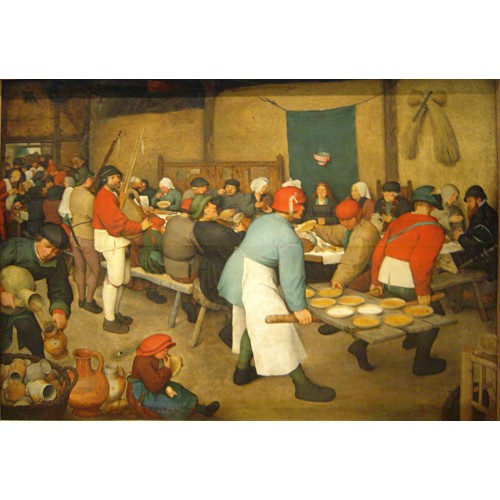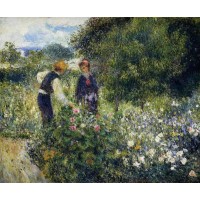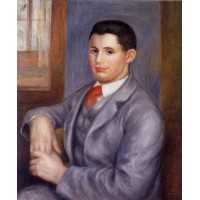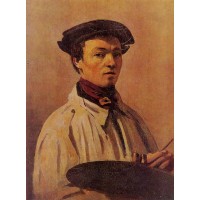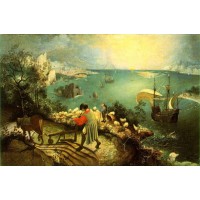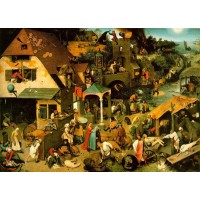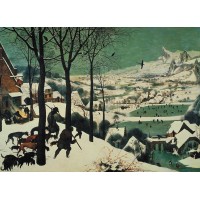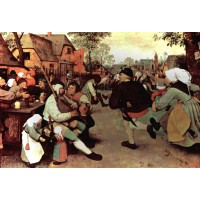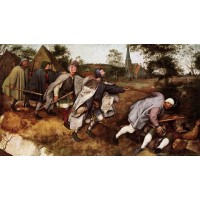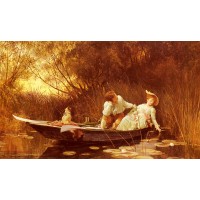Peasant Wedding
- Artist: Pieter Bruegel the Elder
- Categories: Figure painting, Man painting, Genre Works, People painting, Renaissance-Northern, Famous paintings,
- Product Code: pieter bruegel the elder 7
Available Options
Peasant Wedding
Artist: Pieter Bruegel the Elder; Oil painting on panel; Size: 114x164cm; Kunsthistorisches Museum, Vienna.
Peasant Wedding is a famous painting of Genre which is Bruegel’s most important masterpiece.
Bruegel's biographer van Mander relates that the painter often attended fairs and weddings with a friend. Dressed as peasants, they handed out gifts and, passing themselves off as relatives of the bride or the groom, amused themselves observing the people eating, drinking and dancing.
The representation of peasants was generally associated with mockery and a sense of ridicule, perhaps in order to reaffirm the values of the dominant urban classes. But there was another literary tradition that saw the peasants in a more favorable light: Desiderius Erasmus considered them essential to society and the Protestant reformers regarded farming as one of the primary occupations of Christians and contrasted the corruption of the town with the simple lifestyle of the peasants, synonymous with innocence and common sense. A handbook on marriage printed at Bruges in 1561 advised young women not to disdain marriage with a peasant, guarantee of a healthy, prosperous and wholesome life.
In the picture, painted around 1568, the reception takes place in a barn; the bride, who was expected to maintain a modest demeanor at her wedding, sits with her eyes lowered in front of the drape of honor, while dishes made with saffron, traditional at wedding feasts and harvest time, are distributed. Among the guests, who would often arrive with spoons tucked into their hats and knives in their belts, we see a Franciscan monk on the right in conversation with a bearded gentleman, perhaps the landowner come to honor the banquet with his presence, who closely resembles the self portrait of Bruegel. The groom cannot be identified, but it was the custom at weddings for him to serve the bride and her family. Two small sheaves of wheat are hung in the form of a cross under a wooden rake: they represent the gleaning, the collection of ears left over after reaping that was a guaranteed right of the poor.
Dutch peasants were famous everywhere for their productivity. Philip II of Spain, ruler of the Low Countries, feared disorder and outbreaks of violence at the country festivals, which entailed the movement of large numbers of people from one village to another. In 1559 he issued a decree declaring that each community had to limit itself to one festival a year, and that all such festivals were to take place on the same day. At a time of rediscovery of local traditions, Bruegel's painting, favorable to the freedom of the peasant feasts, may have represented a patriotic gesture of protest against Spanish interference.
China Oil Painting Gallery supply Peasant Wedding of Pieter Bruegel the Elder by customer sizes. 100% hand painted museum quality painting reproduction on canvas for sale . We can paint by any size. If you need a customer size that out of above list, please contact with us.

